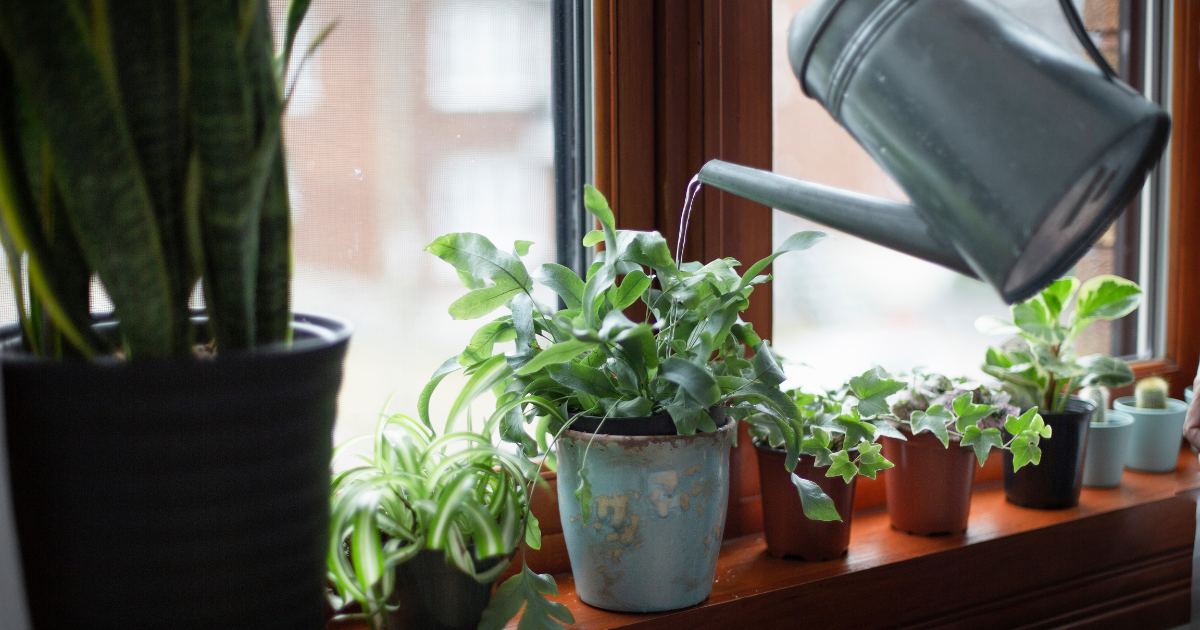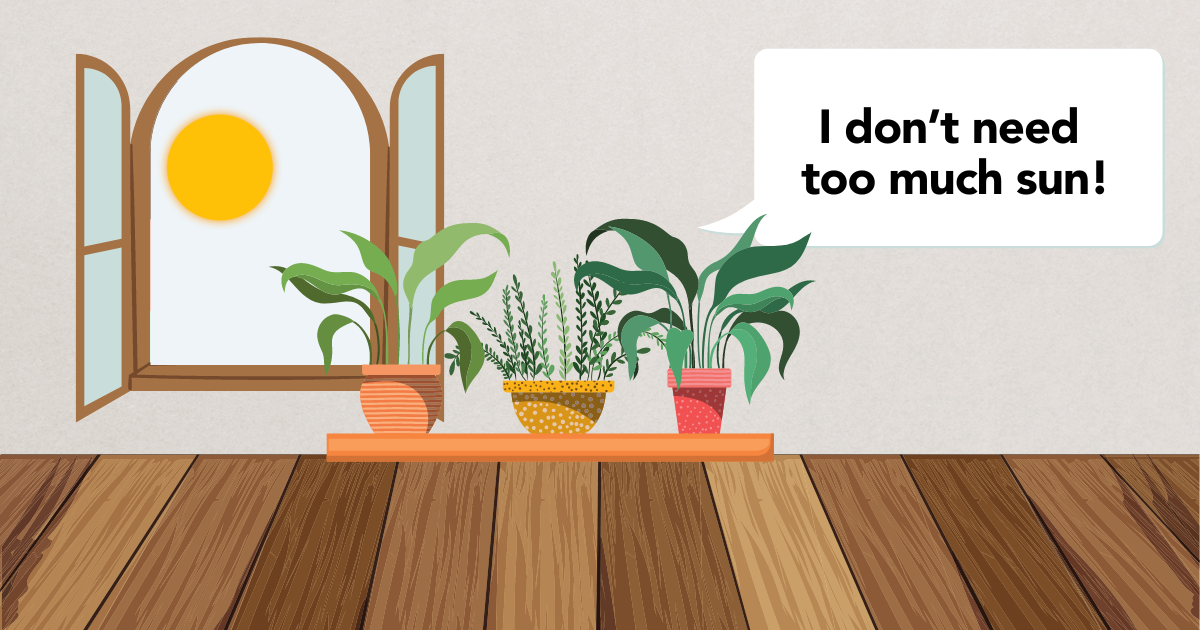Why Are My Plant Leaves Turning Brown?
Discovering brown spots on your beloved plants can be disheartening for any plant enthusiast. Whether you're a seasoned botanist or a beginner in the world of gardening, understanding the reasons behind plant leaves turning brown is crucial to nurturing healthy, vibrant plants. In this guide, we'll explore the various factors that can cause this common issue, along with effective solutions to help your green companions thrive.
Understanding the Causes
1. Watering Issues

Watering your plants properly is akin to finding the perfect rhythm in a dance. It's about synchronizing your actions with the needs of your plants. Overwatering is one of the primary missteps, leading to root rot—a condition where roots are so waterlogged, they begin to decay. This prevents the plant from absorbing essential nutrients and water, essentially suffocating it from the roots up. On the flip side, underwatering can lead to a drought-like state for your plant, where it's unable to sustain its natural functions, leading to dry, brown leaves.
Solution: The key to successful watering lies in understanding each plant species' unique needs and the environmental factors at play. Before watering, conduct the simple finger test by inserting your finger into the soil up to the second knuckle. If the soil feels dry, it's time to water. If it's moist, give it a few more days. Consider the season, as plants typically require more water during the warm months and less during the cooler, dormant periods.
2. Environmental Stress
Plants thrive in environments that mimic their natural habitat, which means sudden changes in their immediate surroundings can lead to stress. Temperature swings, drafts, and proximity to heat sources or air conditioning units can create an inhospitable environment, leading to brown leaves as a stress response.
Solution: Carefully consider the placement of your plants within your home. Avoid areas prone to sudden temperature changes or drafts. If you're introducing a new plant to your home or moving a plant to a new location, do so gradually to allow it to acclimate without stress. This gradual introduction helps prevent shock, ensuring a seamless transition to its new environment.
3. Nutrient Deficiencies
Plants require a delicate balance of nutrients to flourish, with nitrogen, potassium, and magnesium among the most vital for their health. A deficiency in any of these can disrupt plant growth and lead to discoloration and browning of leaves. Nitrogen is crucial for leaf development and overall growth, potassium aids in water absorption and the synthesis of plant sugars, and magnesium is a central component of chlorophyll, the molecule that gives plants their green color and enables photosynthesis.
Solution: Regularly feeding your plants with a balanced, all-purpose fertilizer can prevent nutrient deficiencies. However, it's essential to follow the recommended application rates to avoid nutrient burn, which can also lead to leaf browning. Consider conducting a soil test if you're unsure about the nutrient levels in your plant's environment, allowing for a more tailored fertilization approach.
4. Pests and Diseases
Invasive pests and diseases can wreak havoc on your plants, leading to browning leaves and other health issues. Spider mites, aphids, and fungal infections are common culprits, each leaving distinct signs of their presence. Spider mites, for instance, create fine webs on the undersides of leaves, while aphids can be seen clustering on new growths, sucking sap and weakening the plant.
Solution: Regular inspections are crucial for detecting and treating pest infestations or diseases early. If you notice any signs, isolate the affected plant to prevent spread and apply appropriate treatments. Neem oil, insecticidal soaps, and fungicides can be effective, but be sure to follow application guidelines. Always opt for organic options when available, to maintain a healthy environment for your plants and household.
5. Sunburn

Plants, like humans, have a threshold for sunlight exposure. Excessive direct sunlight can lead to sunburn, characterized by brown, crispy patches on the leaves. This is particularly common in plants placed near south-facing windows or in outdoor settings without adequate shade.
Solution: Understanding the light requirements of each plant is crucial. While some thrive in bright, direct light, others prefer indirect light or shade. If your plant is showing signs of sunburn, consider relocating it to a spot with more suitable lighting conditions. Using sheer curtains or blinds can help diffuse harsh sunlight, providing a protective barrier against potential sunburn.
Preventive Measures and Care Tips
Preventing brown leaves starts with understanding your plant's specific needs, from the right potting mix to the ideal light conditions. Regular monitoring and adjusting care routines can help prevent issues before they arise. Additionally, fostering a healthy soil ecosystem with organic matter and proper drainage can support robust plant health.
When to Seek Professional Help
If you've tried all the above solutions and your plants continue to struggle, it might be time to consult with a plant specialist. They can offer tailored advice and identify issues that may not be immediately apparent to the untrained eye.
Encountering plant leaves turning brown can be a sign to take a closer look at your plant care practices. By understanding the common causes and implementing the solutions outlined, you can ensure your plants remain healthy and vibrant. Remember, the key to successful plant care is consistency, patience, and a willingness to learn from each experience.
Fern's Leafy Learnings
Both overwatering and underwatering are leading causes of plant leaves turning brown, emphasizing the importance of a balanced watering routine.
Environmental stress, such as abrupt temperature changes or drafts, can harm plants, highlighting the need for a stable growing environment.
Nutrient deficiencies can lead to leaf discoloration, underscoring the value of using balanced fertilizers.
Regular inspections for pests and diseases are crucial for maintaining plant health and preventing brown leaves.
Sunburn can cause leaves to turn brown, which serves as a reminder to provide plants with the appropriate amount of light.

Shop Plants
Top 10 Most Popular Roses
Mar 22, 2022
How to Care for China Roses
Mar 11, 2022
How to Care for Chinese Money Plants
May 15, 2020
How to Grow and Care for A Bird of Paradise
Apr 26, 2020
Top 10 Plants To Grow In A Terrarium
May 31, 2022
How to Grow and Care for Lucky Bamboo
Mar 29, 2022
How to Grow and Care for Corn Plants
Mar 29, 2022
How to Care for Madagascar Dragon Trees
Mar 21, 2022











